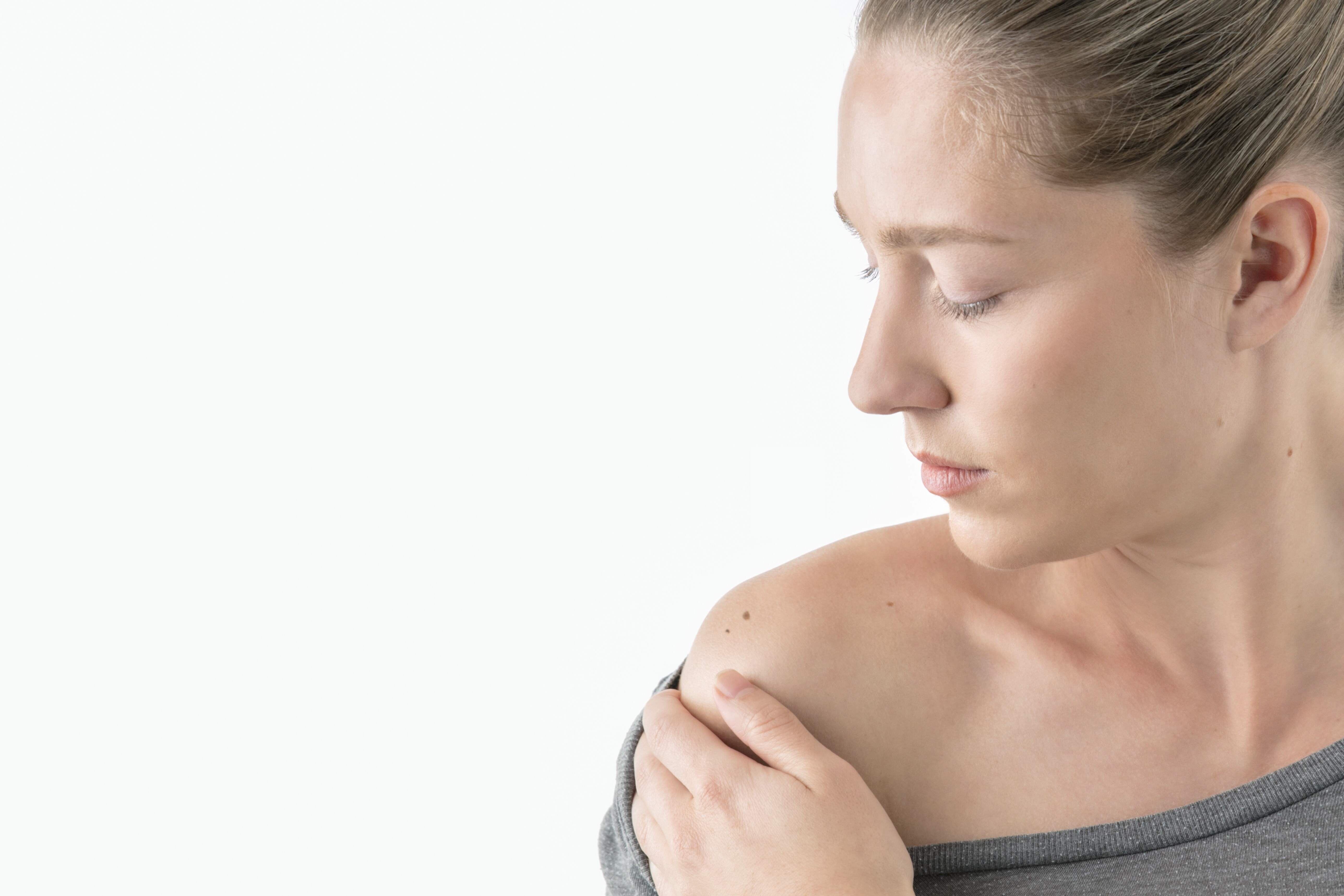Spot check: what does skin cancer look like?
- Category: Cancer Care, Skin Care
- Posted On:

Let’s face it: the NOLA we love can be sweltering for a large part of the year. The heat and humidity are enough to make you bare your shoulders, arms and legs in the name of staying cool. However, if you don’t protect your skin from the sun, you raise your risk of developing the most common type of cancer—skin cancer. Skin cancer is quite treatable if found early. To do that, you need to know how to recognize the signs. So what does skin cancer look like?
Trifecta of threats: 3 types of skin cancer
Spotting the signs of skin cancer starts with understanding the three main forms of this disease.
- Basal cell carcinoma. The most common type of skin cancer, basal cell carcinoma often appears as red or pink skin growths or patches. It can also take the form of a bump resembling a pearl. As with all three major forms of skin cancer, frequent exposure to the sun is the main risk factor for basal cell carcinoma.
- Squamous cell carcinoma. Less common than basal cell carcinoma, squamous cell carcinoma may look like scaly patches of skin. In other cases, this type of skin cancer appears as a small, hard, red bulge, or resembles a sore that’s reopened after healing.
- Melanoma. Far less common than the other major forms of skin cancer, melanoma nevertheless claims more lives than any other type of the disease.
Take a good look for signs of skin cancer
Your skin shouldn’t be a stranger. Get to know it by performing a monthly self-exam so abnormalities don’t appear without your noticing.
To perform a skin self-exam, you’ll need a full-length mirror and a hand mirror. Start by standing in front of the large mirror and inspecting every bit of visible skin for new or abnormal moles and growths. Don’t forget to look in your armpits, between your fingers and toes, under your toenails and fingernails, under your breasts, and on the soles of your feet. Use the hand mirror to examine difficult-to-view areas, such as your scalp, back, genitals and buttocks.
What, exactly, should you look for as you examine your skin? Follow the ABCDE rule of melanoma signs, which includes:
- Asymmetry. Keep your eyes peeled for strangely shaped moles.
- Border. A mole with a jagged border may be a sign of melanoma.
- Color. Some melanomas display uneven colors.
- Diameter. A large mole—one bigger than a pencil eraser—is a red flag.
- Evolving. When it comes to moles, change isn’t a good thing. Tell your PCP about any moles that have changed in size or appearance since your last self-check.
Reduce your risk
Your skin is counting on you for protection. This is especially true if you have a weakened immune system due to a medical condition or treatment, which can increase your skin cancer risk. Skin safety steps you can take include:
- Apply a broad-spectrum sunscreen of at least sun protection factor 30 to sun-exposed areas of skin before going outside, even on cloudy days.
- Cover up with a sun-protective long-sleeved shirt and pants, wide-brimmed hat, and sunglasses with UV protection.
- Don’t tan—it harms your skin.
- Stay in the shade during the middle of the day when sunlight is most intense.

